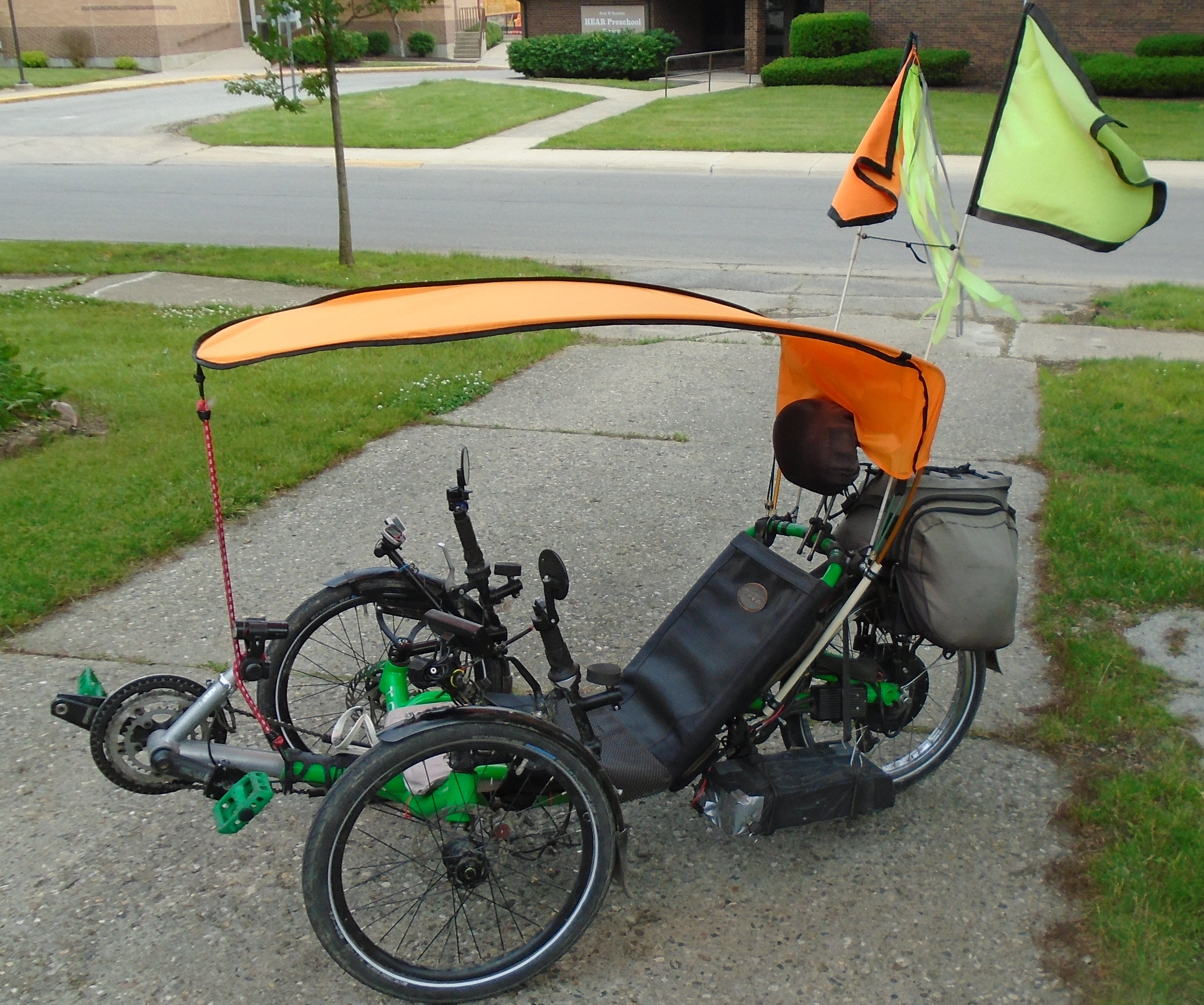MrNatural22
?SW sunshine =⚡️⚡️lit up thru the darkness✌️
I think that would meet Gnubie's elevation requirement. But for me at least... it would need to come with training wheels or other balance system; preferably something high tech like this gyroscope motorcycle.
Whoa... that would be a weird feeling
for cycle riders when entering a sweeping turn and the urge to lean occurs. ?







